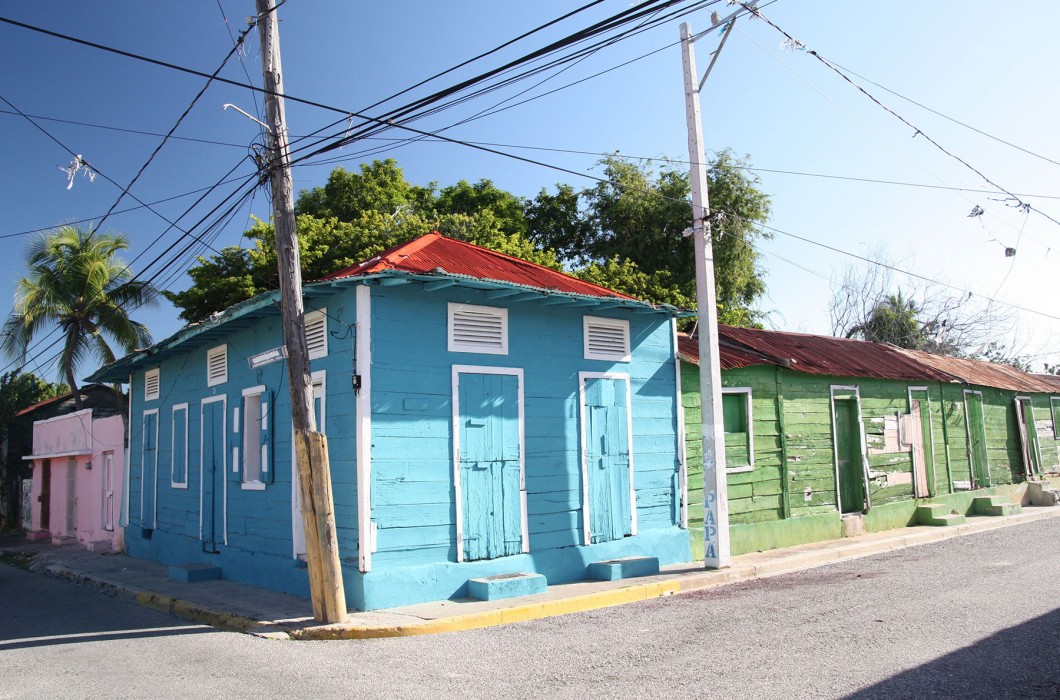Client
The World Bank
projeCt Description
Solar street lighting has expanded rapidly in Haiti. The first solar street lights were installed in 2008 and the initiative was scaled up considerably after the 2010 earthquake. At the end of 2011, about 2,500 solar street lights were installed. Their number later increased to about 8,000 in 2012 and public street lighting subsequently became an important aspect of the rebuilding process. Estimates suggest that about 25,000 solar street lights, including LED, are currently installed in Haiti.
The former Ministry of Energy Security (MSE) launched and began implementing a national public lighting program—known as BLBL—that aims to provide universal access to public lighting, which represents approximately 200,000 solar light bulbs in Haiti.
The program, divided into several phases, completed the installation of a large number of solar street lights in towns and communes of Haiti in its first phase. The World Bank, through the Rebuilding Energy Infrastructure and Access Project (known as PRELEN), piloted the installation of solar street lights in Delmas 32. PRELEN plans to replicate the pilot project in other areas, taking into account potential synergies with other World Bank-financed projects. A significant percentage of installed solar street lights (about 50%) are out of service for a number of reasons, and consequently solar street lighting management and scale-up need to be improved.
Highlights
Econoler has been mandated to recommend practical approaches to effectively manage and sustainably scale up public lighting, and to propose an energy efficiency public lighting pilot project that could be later funded by the government or development agencies.
More specifically, the activities of the Econoler team consist in the following:
- Asses the public lighting network by capturing a snapshot of the state of public lighting (both solar and on-grid) in Haiti, which will highlight the legal and regulatory framework, the role and responsibilities/activities of institutions involved in the public lighting sector, the barriers and challenges in managing and expanding street lights, and the inventory of the current solar and conventional (on-grid) street lights.
- Review local and international experiences in public lighting (solar and on-grid) to draw good practices that could be tailored/applied to the Haitian context.
- Conduct a workshop bringing together key stakeholders to discuss the applicability of some of the practices/approaches identified from the review and suggest options for further analysis/consideration.
- Analyze and propose options for a sustainable management and development of public lighting (solar and on-grid) covering various aspects, including responsibility of public lighting, solar street lighting management, and mechanisms for scaling up solar-based public lighting in urban areas.



